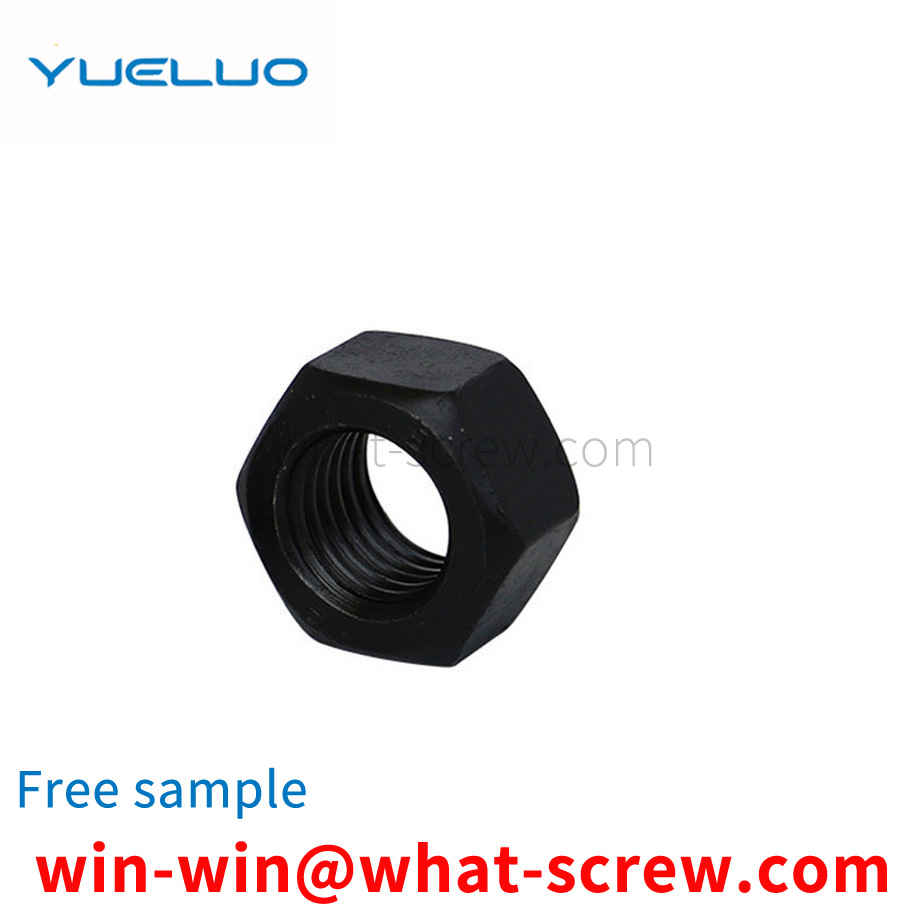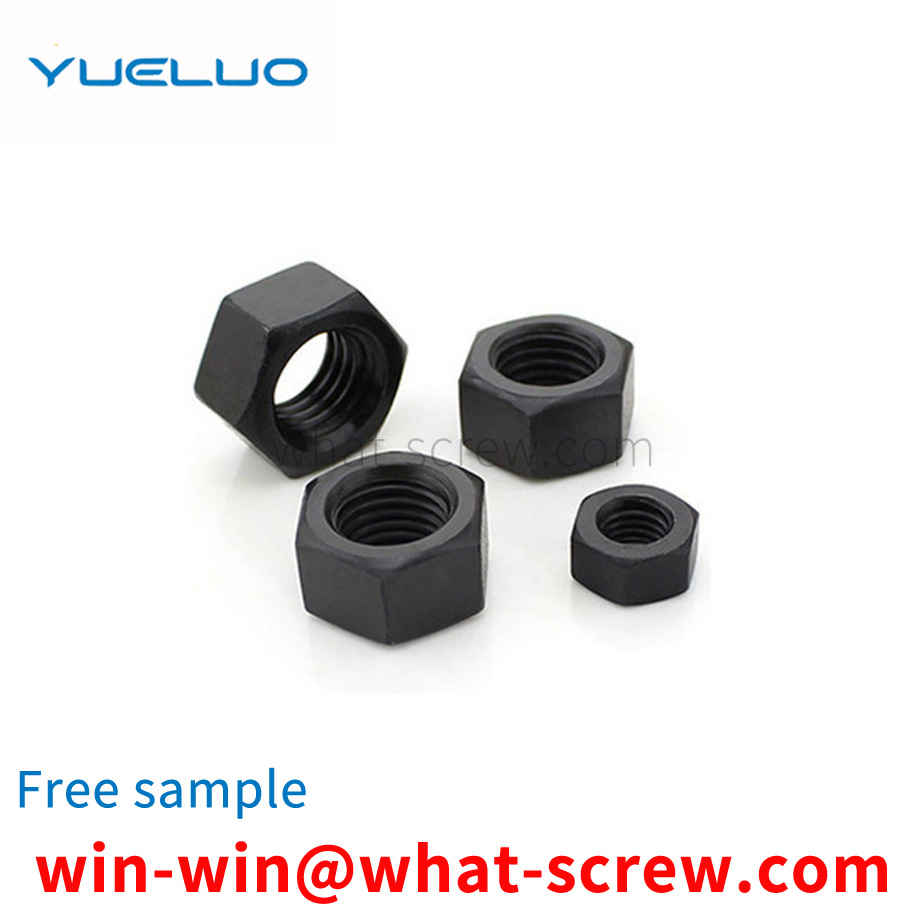Some heavy equipment such as large motors, large reducers, etc., in order to facilitate the installation and adjustment of equipment and the need for maintenance space, a certain position needs to be moved during equipment installation and maintenance. Usually, a steel base or platform is set under the equipment, and the base or The platform is provided with an oblong bolt installation slot, commonly known as an oblong slot, as shown in Figure 1--Figure 4. When using common hexagon head bolts or common T-bolts with the long circular groove in Figures 1 and 2, auxiliary fixing bolts or welding stoppers are required on the back of the long circular groove to prevent the bolt from rotating when the nut is tightened. In Fig. 3 and Fig. 4, the long circular groove itself has a clamping groove to prevent the rotation of the bolt, but this structure greatly increases the processing cost of the long circular groove.
The pull-out type positioning pin and the tie-suspended type positioning pin are in the form of a straight cylindrical shape. The pull-out locating pin is temporarily pulled out from the connected piece of the tooling, and it is in a loose state; the tail of the tie-suspended locating pin is connected with a tie such as iron wire or string to the connecting piece of the tooling. After the locating pin is pulled out, the tie Suspended on tooling. The main disadvantages of the two types of positioning pins are as follows: First, the suspension straps are easy to fall off after long-term wear, and the pull-out positioning pins of the same parts are not convenient for on-site storage and placement, and are usually placed on the nearby ground at will; All kinds of positioning pins are prone to position transfer, forgetting and losing, which affects the reset of the tooling and the subsequent manufacture and assembly of aircraft products.
Self-locking nuts generally rely on friction. The principle is to press the embossed teeth into the preset holes of the sheet metal. Generally, the diameter of the square preset holes is slightly smaller than that of the rivet nut. The nut is connected with the locking mechanism. When the nut is tightened, the locking mechanism locks the ruler body, and the ruler frame cannot move freely to achieve the purpose of locking; when the nut is loosened, the locking mechanism disengages the ruler body, and the ruler frame edge body movement
The main part of the pin screw is an ordinary screw, and the pin can be arranged in the melting section of the screw or the drop groove of the metering section or the smooth cylindrical surface without screw grooves at the end of the metering section. The pins are arranged in a certain arrangement, with varying degrees of density and quantity. Cylindrical pins are formed by fitting the pins into the holes of the threaded rod; square or diamond-shaped pins are formed by milling directly on the threaded rod. If these pins are set in the melting zone, the pins can break up the solid bed, destroy the two-phase flow, stir the solid and liquid phases together, increase the contact area between the undissolved solid phase fragments and the contained material, and promote molten. If the pin is set in the melt conveying area, its main function is to divide the material flow, increase the interface, change the direction of the material flow, and rearrange the flow beam. Divide and merge multiple times, change the flow direction, and homogenize the melt composition and temperature. The mixing section is an inwardly slotted structure arranged at the end of the common screw homogenizing section, and its outer diameter is equal to the outer diameter of the screw. The grooves are divided into several groups, and each group is the confluence area of the material. The materials are divided by grooves, meet in the confluence area, and then divide and confluence. The principle is similar to the pin type. The characteristic of the separate screw is that in addition to the original screw thread (called the main screw) on the melting section, there is also an additional thread (called an additional thread) whose outer diameter is slightly smaller than the outer diameter of the main thread, and the main and auxiliary threads are With different leads, the secondary thread starts from the end of the feeding section (and connects with the feeding section here), and after several threads, gradually intersects the main thread of the homogenizing section. The screw groove depth and thread lead of this kind of screw change gradually from the beginning of the feeding section to the end of the homogenization, that is, the thread lead gradually narrows from the width, and the groove depth gradually becomes shallower from the depth, which can maximize the compression of the material.
T-bolt with a spring, used for undercutting the opening of the outer closed cavity, including a head and a rod part connected in one piece, and also including a strip spacer, a spring and a pull rod, and the length of the strip spacer is greater than The opening, the connecting part of the head and the rod part are set as polygonal anti-rotation blocks, and the strip-shaped spacer is provided with anti-rotation holes for inserting the anti-rotation blocks, and the shape and size of the anti-rotation holes are the same as The size of the anti-rotation hole is smaller than that of the head; the spring is threadedly matched with the rod part, and is fixedly connected with the pull rod, and the pull rod moves away from the rod part along the axial direction of the rod part One side of the head extends. The utility model can be easily and reliably buckled in the opening of the airtight cavity, thereby facilitating the installation and connection of external parts.
We have many years of experience in the production and sales of screws, nuts, flat washers, etc. The main products are: trapezoidal nuts, flange bolts, ball locating pins, finger screws and other products, we can provide you with suitable fastener solutions for you .



















 Service Hotline
Service Hotline




